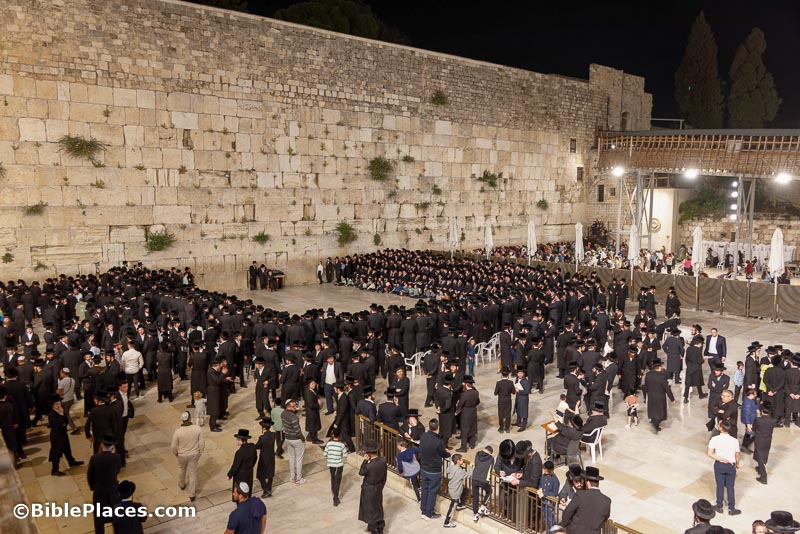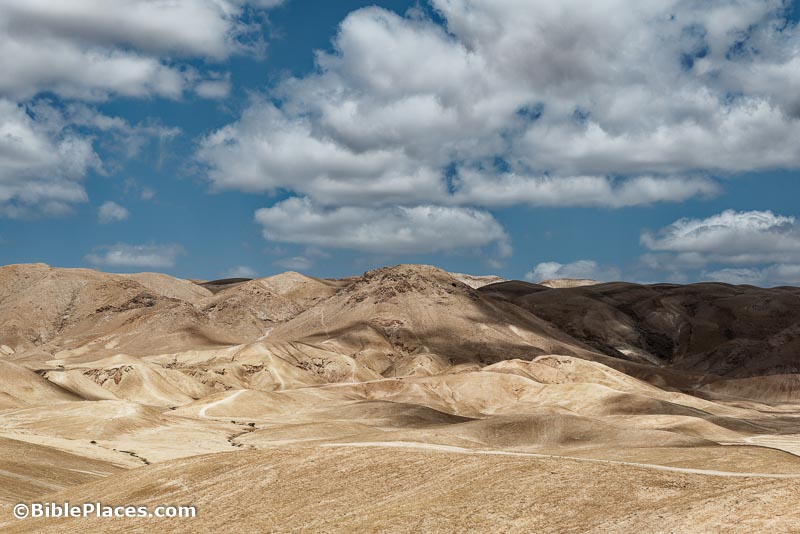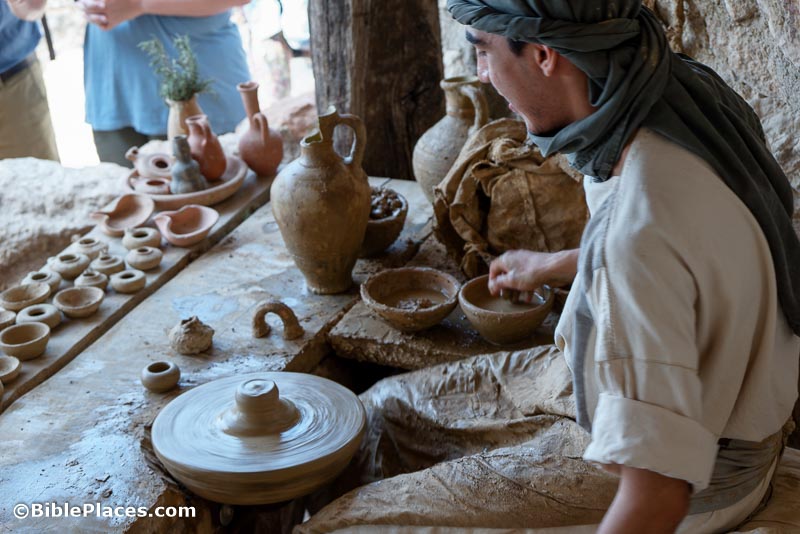The Biblical Museum of Natural History in Beit Shemesh has a large collection of animal horns, but not all qualify to be used for the Feast of Trumpets.
A fire broke out at Tel Gezer yesterday, forcing the evacuation of some hikers.
Archaeologists are making significant discoveries in eastern Turkey underneath the Zerzevan Castle.
Turkish Archaeological News has a roundup of major stories in the month of August.
Archaeologists have uncovered new evidence related to the battle of Salamis.
Some people are not happy with a new wooden ceiling installed at the Karnak Temple.
Mohy-Eldin E. Abo-Eleaz writes about the harsh life of diplomatic messengers in Egypt in the Late Bronze Age.
The US returned to Lebanon a dozen looted artifacts valued at $9 million, including three from the New York Metropolitan Museum of Art.
The “Origins of Olive Oil” is the subject of the latest podcast on The Ancients.
The price for the 2023 Friends of ASOR Seminar, with many well-known speakers, has been greatly reduced.
Writing for Bible and Spade, David Spoede reviews the overwhelming archaeological evidence for the domestication of camels in the time of Abraham.
Michael Holmes explains why a newly published Greek fragment related to the Gospels is a big deal.
In the latest episode of Walking The Text, Brad Nelson explains how “understanding how a fig tree produces fruit clarifies exactly what’s happening when Jesus curses the fig tree.” The website includes discussion questions as well as resources for further study.
HT: Agade, Ted Weis, Arne Halbakken, Keith Keyser, Gordon Franz


